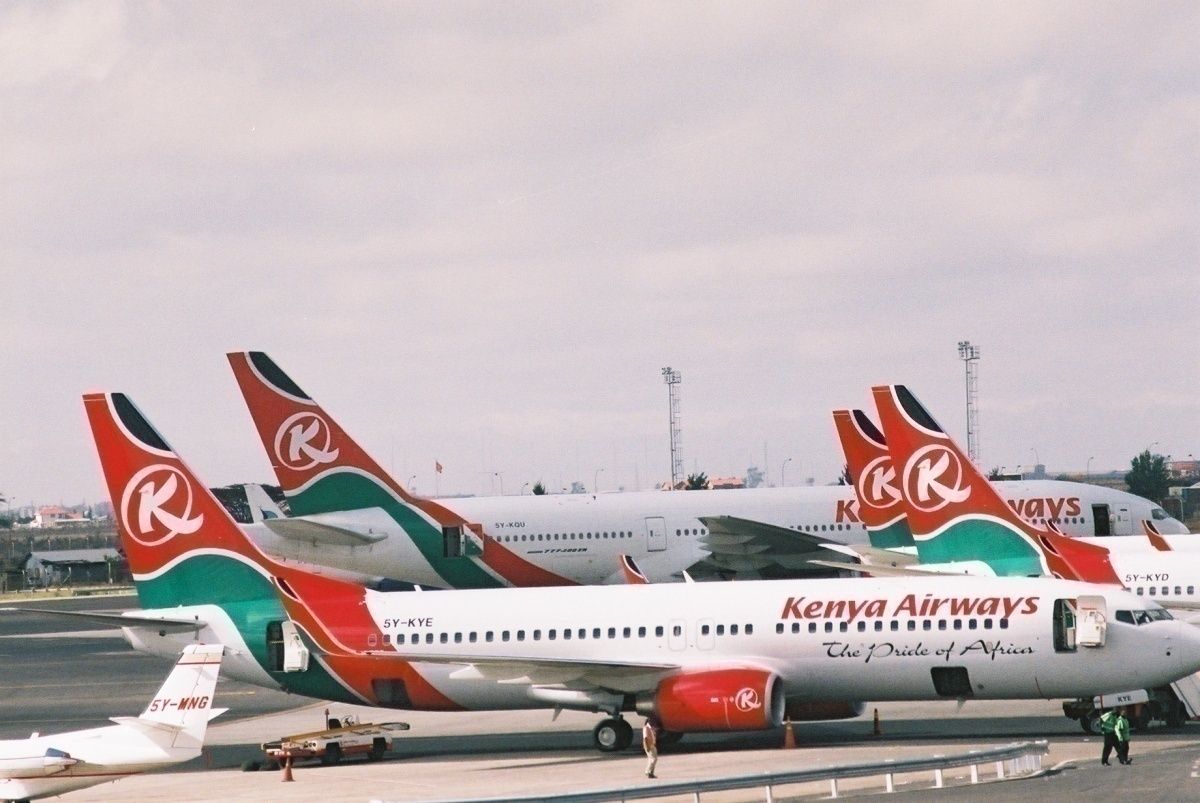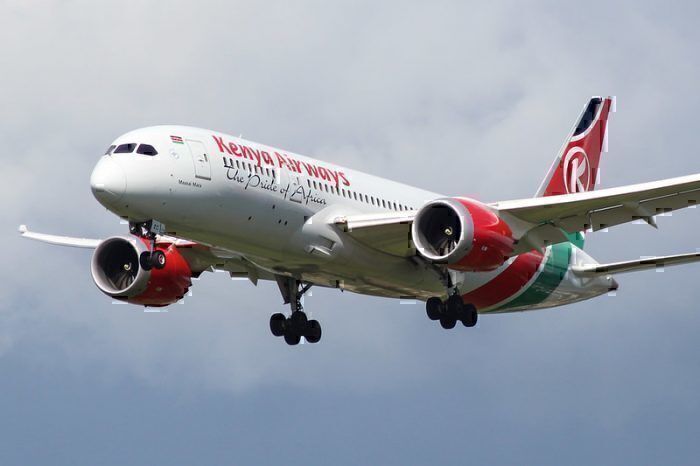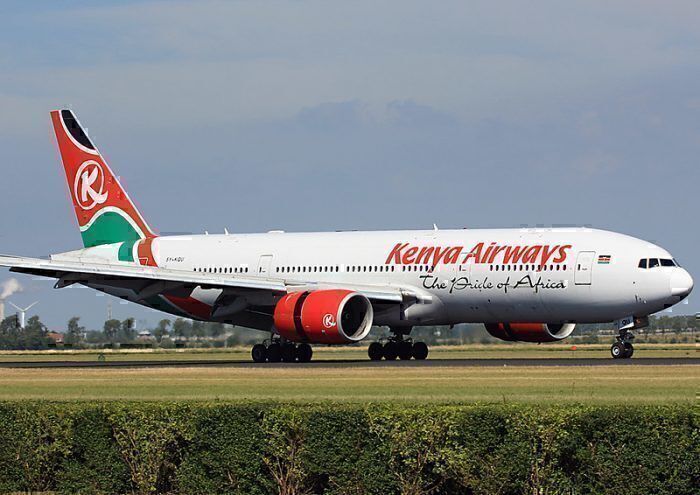For over forty years, Kenya Airways has steadily built a reputation as one of the best-known airlines in Africa. In recent years, the airline has been overshadowed by local juggernaut Ethiopian Airlines. But Kenya Airways has a devoted fan base who've supported the airline over the decades through good times and bad.
Kenya Airways established from the remains of East African Airways
Kenya Airways was set up in 1977 from the remains of East African Airways. Since then, the airline has been based at Jomo Kenyatta Airport in Nairobi. From the start, Kenya Airways flew a mix of domestic and international flights. In 1977, two Boeing 707-321s began flying the Nairobi - Frankfurt - London route. They leased these two planes from British Midland. Locally, the airline was using a Douglas DC-9-52 and several Fokker F27-200s.
The airline flourished over the next few years. By 1980, Kenya Airways was flying five Boeings and had significantly expanded its range of international destinations. Most of these destinations were in Africa, but Kenya Airways was also stretching its wings as far as Mumbai and Zurich.
In the mid-1980s, Kenya Airways began bringing in A310s. These were a mixture of A310-200s and A310-300s. They leased most of these aircraft and over the remaining 1980s, there was a bit of aircraft shuffling as planes went back and forth to lessors.
Privatization dominated the 1990s at Kenya Airways
In 1990, a Boeing 757-200 came into the fleet. A pair of 737-200s followed it in 1991. But privatization of the airline dominated the 1990s. The opinion in Kenya was that the airline would do better if they privatized it. The process took a few years to get off the ground, but Kenya Airways was publicly floated in 1996. In a deal, KLM took a 26% holding, the Kenyan government took a 23% holding, and the remaining 51% was publicly available.
The process went remarkably well. The airline continued to steadily grow. The airline's first real hiccup came when an A310-200 crashed off the Ivory Coast. The crash wasn't fatal for Kenya Airways. The airline plowed on. It brought more Boeing 737s into the fleet, and in 2006 ordered six Boeing 787-8s.
In 2012, KLM and the Kenyan government effectively traded positions. The government became the majority stockholder with a 29.8% stake. With a new driver at the wheel, Kenya Airways increased its rate of expansion, initiating Project Mawingu. The aim was to add 24 destinations by 2021, including in the Americas and Australia. New 787-8s and 777s would help facilitate this.
Over-ambition cost Kenya Airways
Alas, like many an over-ambitious expansion, the move cost Kenya Airways. The airline began losing money in the mid-2010s. Project Mawingu, fuel hedging and back seat driving from KLM were key reasons for this.
Kenya Airways came close to insolvency. Whether or not KLM was at fault to the extent cited, the outcome was its stake in Kenya Airways was reduced to 7.8% while the Kenyan government's stake increased to 48.9%. Local investors, including bankers, took another 38.1%. The bankers got a cut of the pie after pitching in with a USD$225 million loan to prop up the airline.
In the last couple of years, the focus has been on restoring Kenya Airways to profitability. But, rather than reduce operations, management had elected to expand, adding new destinations, new aircraft, and projecting a more upmarket image.
In recent weeks, whatever direction Kenya Airways was heading in has altered. The airline has just suspended all international flights and the CEO and staff are taking a pay cut to help the airline survive.
As with airlines everywhere, this will be a tough year for Kenya Airways .



